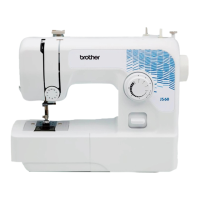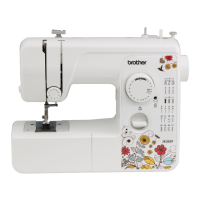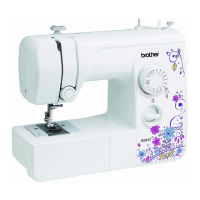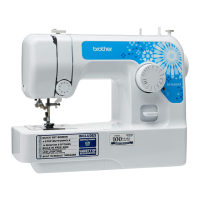Operation Manual
Product Code: 888-X62/X72
Sewing Machine
English
Spanish
888-X62/X72
Printed in Vietnam
XG3637-101①
Be sure to read this document before using the machine.
We recommend that you keep this document nearby for future reference.
Please visit us at http://support.brother.com where you can get product
support and answers to frequently asked questions (FAQs).
ENGLISH
ESPAÑOL
Lea este documento antes de utilizar la máquina.
Recomendamos que tenga este documento a mano por si necesita
consultarlo más adelante.
Visítenos en http://support.brother.com donde hallará consejos para la solución
de problemas así como la lista de preguntas y respuestas más frecuentes.
Manual de instrucciones
Product Code (Código de producto): 888-X62/X72
Máquina de coser
Black





